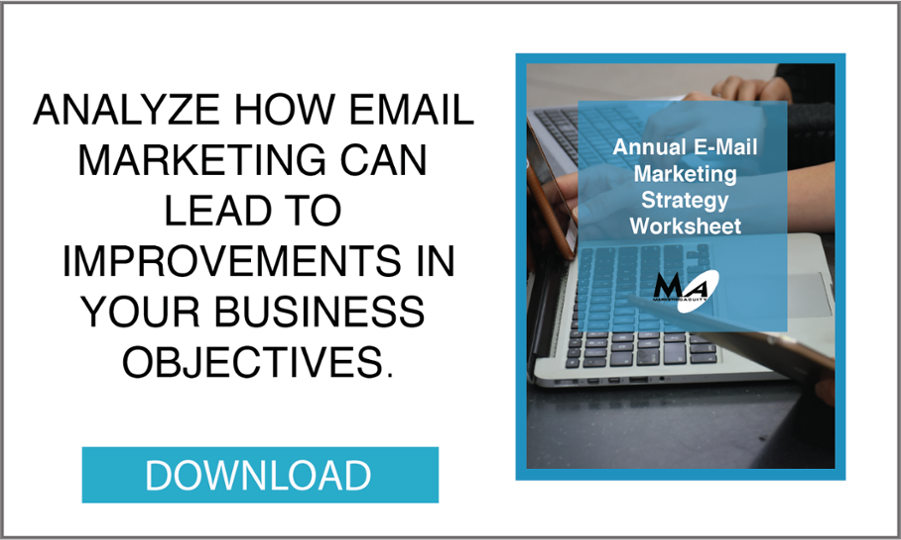Online retailing has seen big changes in the last 10 years. First came social media, then mobile commerce. But before it all, we had e-mail, which is still the internet’s killer app, delivering targeted customers to your site with regularity.
In an age of social media, is e-mail still relevant? Should you change how you’re e-mailing your customers?
Statistics show the typical Business to Consumer (b2c) e-mail generates 1.7% click throughs to web sites and Email marketing has an ROI of 4,300% (Direct Marketing Association).
Social media clicks do perform, and they perform especially well when you combine e-mail marketing with social media marketing, but that good old trusty house e-mail list is still relevant.

There are some challenges with e-mail. Google, for one, divides a user’s inbox into Primary, Social, Promotions and Updates. If your e-mail ends up in Social or Promotions, you might not get the views or opens you’re hoping for. There are ways you can change how you e-mail to elevate your email to the point where your customer will deem it worthy of their primary inbox:
- Make your e-mails very valuable. Include a how-to (that links to a larger blog how-to) on your web site. This puts your e-mail into the “save for later” category. While you’re at it, create a Pinterest post and a Facebook post, or even a YouTube video for your how-to as well. This dynamic, multiple-format content allows you to take one concept and repurpose it in many different ways.
- Send your e-mail less frequently. E-mail fatigue is a real thing, and if you send one weekly, it becomes lost in a din of other e-mail that is sent too often. Once a month for most businesses is probably a better schedule.
- Make it entirely personal. You can use personalization tags if you collect information from users when they subscribe. You’ll most likely have to make it more than just {firstname} though, you’ll want to collect and then highlight information about what products your customer users or even what they’ve liked in the past (page view behaviors.) Not every web site or e-mail system can handle these variables, but if you’re using marketing automation software (like Hubspot), you can tailor your e-mail to specific activities, page views or form submissions. If you can infuse your e-mail list with what the customer has purchased in the past (either through a custom field in Mail Chimp that is imported from your sales records), and use that information, you can tailor it even further.
- Personal, too, can be conveyed in the information, tone and images you choose to use in your e-mail marketing. You are a business owner behind that faceless e-mail. Your customer wants to love the you that is you 😉 Share your stories too!
Now you know why e-mail is still relevant, and how to get the user to tag you to their primary in-box, let’s explore how to tie in social with e-mail.
Social media (posts on social networks, blogging) activity is critical for getting new prospects to your site. From there, you can capture prospect e-mail address and continue the conversation to the in-box. Social should be set up to invite users to explore more at your web site. Your posts should be engaging, inviting and designed to get a click through to the site. Without a click through or call to sign up, you don’t have the ability to get them on your e-mail list. Your web site should invite them to subscribe.
Should you focus solely on responding to the user via comments or direct message? The opportunity to nurture a prospect and evangelize a customer can happen on social, but deepening the engagement to e-mail offers you a longer-form way of sharing your brand story with your customer, if they’re willing subscribe.
When we help clients establish conversation and connection with their customers via social media, we use e-mail with those same clients to communicate things beyond the social conversation. The social conversation tends to be shorter, more immediate. The e-mail conversation lets us have longer-form sharing of helpful information, and it keeps us in front of customers who aren’t as actively engaged on social media.
E-mail can be a powerful tool that enables you to have multi-channel communication with customers. It is one-sided, and it should be used with care to not flood users with information they’d rather not receive at a pace they’d rather not see. But it’s one more piece in a repertoire that creates a beautiful marketing dance.






